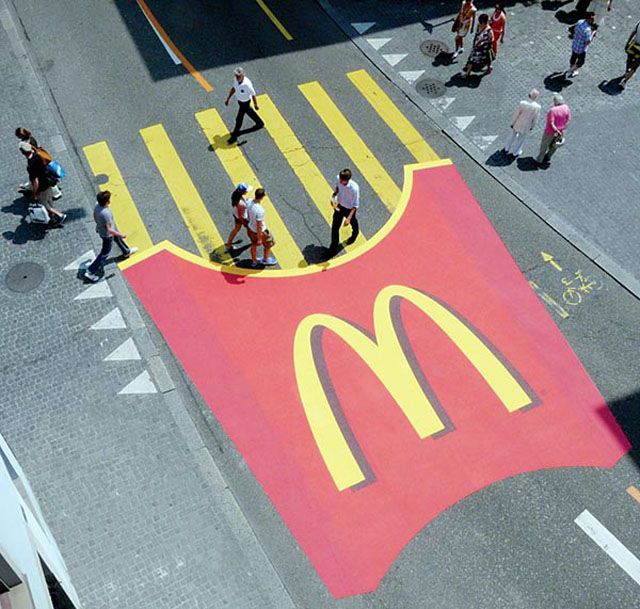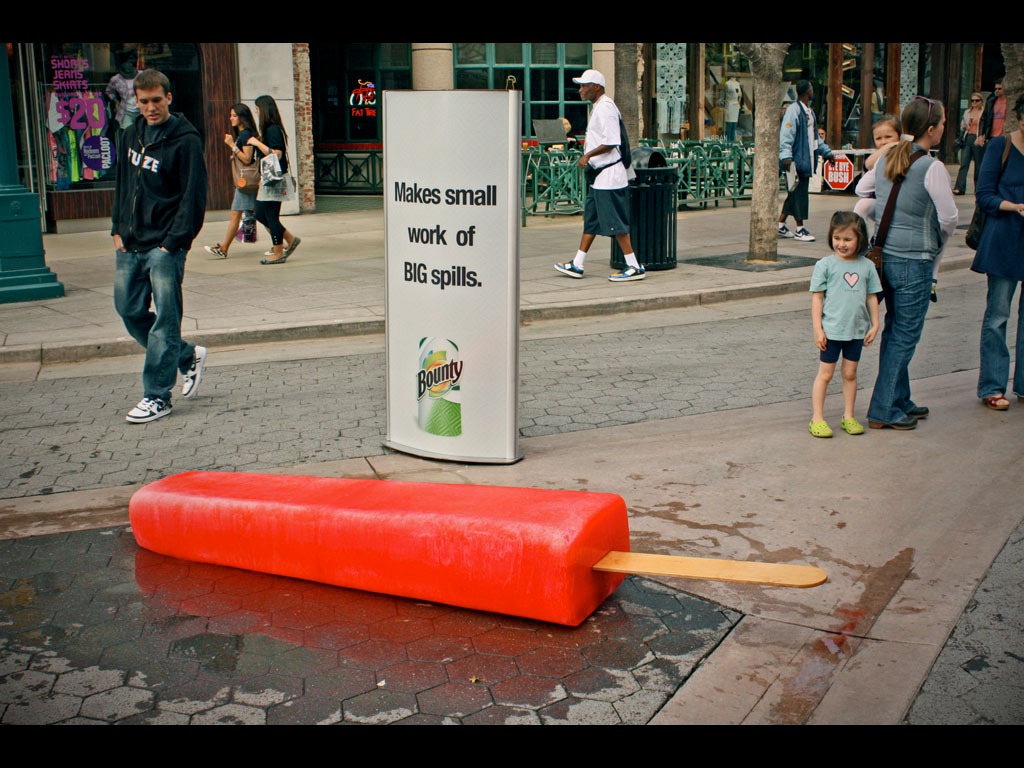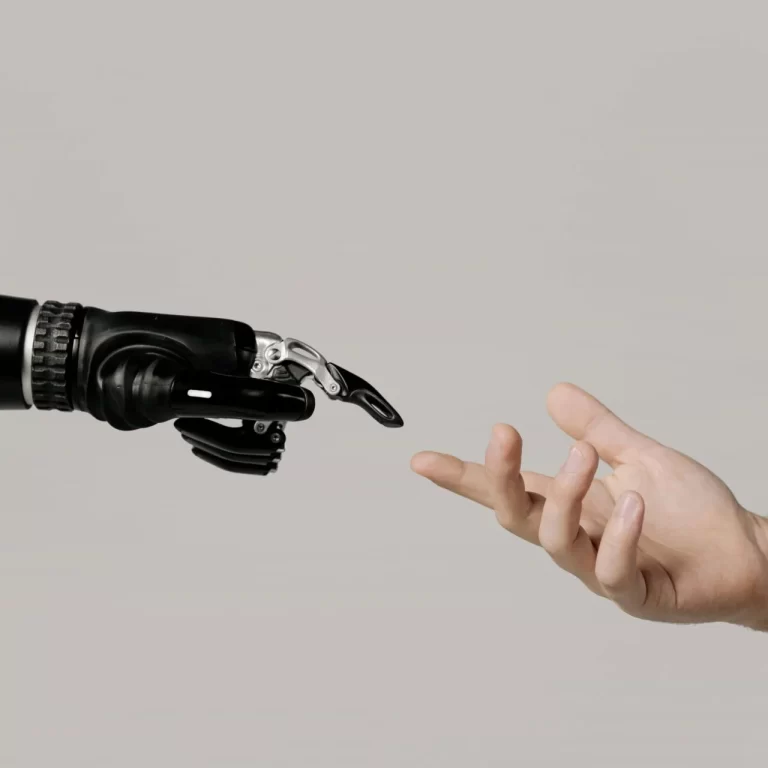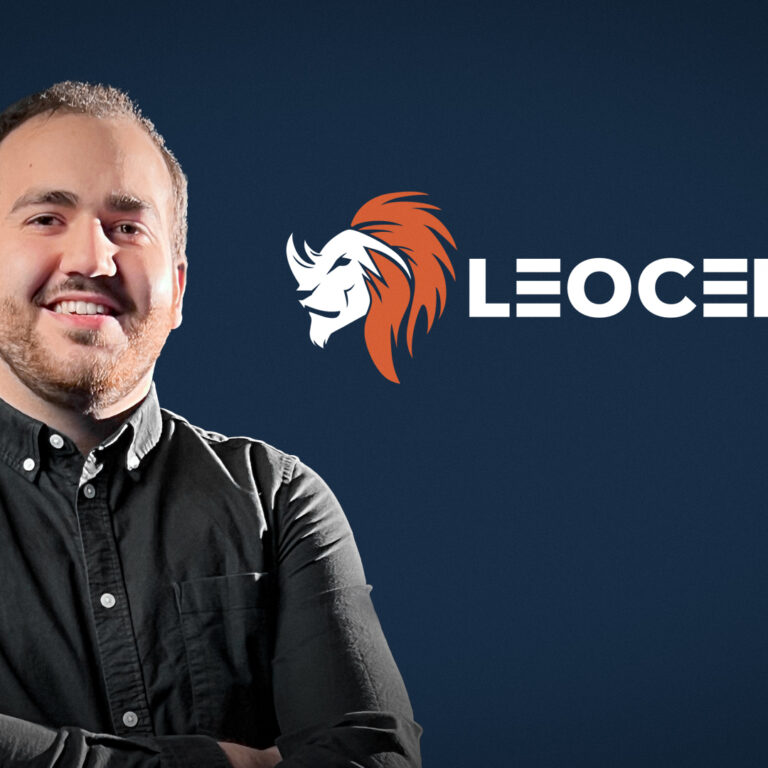In today’s saturated advertising landscape, traditional marketing methods often struggle to break through the noise. This is where guerrilla marketing offers unconventional, innovative, and often low-cost tactics that captivate audiences and leave a lasting impression. In this article, we will explore the essence of guerrilla marketing, delve into its key strategies, and showcase inspiring examples that demonstrate its impact.
What is Guerrilla Marketing?

Guerrilla marketing is an advertising strategy focusing on low-cost, high-impact tactics to promote a product, service, or brand. Unlike traditional marketing methods that rely on large budgets and broad-reaching campaigns, guerrilla marketing leverages creativity, surprise, and engagement to capture the audience’s attention. The term “Guerrilla Marketing” was coined by Jay Conrad Levinson in his 1984 book. It is inspired by guerrilla warfare tactics, employing surprise and unconventional methods to achieve goals.
Key Strategies in Guerrilla Marketing
- Ambient Marketing: This involves placing ads in unusual places where people wouldn’t expect to see them. It’s all about blending the advertisement with the environment to catch the audience off guard.
- Experiential Marketing: Creating immersive and interactive experiences that engage the audience personally. This can range from pop-up events to live demonstrations.
- Street Art and Graffiti: Using artistic expressions in public spaces to create visually striking messages that resonate with passersby.
- Flash Mobs: Organizing spontaneous performances in public places to draw attention and create buzz.
- Viral Marketing: Crafting highly shareable content that encourages organic distribution across social media platforms.
Inspiring Examples of Guerrilla Marketing

Volkswagen’s “Fun Theory” campaign aimed to change people’s behavior by making everyday activities fun. One notable example is the “Piano Stairs” experiment, where they transformed a subway staircase into a giant piano keyboard. As people walked up and down the stairs, the keys would play musical notes. This creative approach encouraged more people to take the stairs instead of the escalator, promoting a healthier lifestyle while enhancing brand engagement.

To showcase the versatility of its furniture, IKEA set up a fully functional apartment inside a giant box on the streets of Paris. Passersby could see how the compact furniture could be used in small spaces, illustrating the practicality and style of IKEA products. This live demonstration attracted significant attention and highlighted IKEA’s innovative solutions for urban living.

Bounty, a paper towel brand, created oversized messes in public places to demonstrate the effectiveness of its product. They placed a giant coffee cup knocked over in the middle of the street with a trail of simulated coffee spilling out, accompanied by a sign that read, “Makes small work of BIG spills.” This eye-catching display effectively memorably communicated Bounty’s message. Discover more this campaign
How to Implement Guerrilla Marketing for Your Brand
- Know Your Audience: Understand your target audience’s interests, behaviors, and preferences to create relevant and engaging campaigns.
- Think Outside the Box: Embrace creativity and be willing to take risks. The most successful guerrilla marketing campaigns are those that surprise and delight.
- Leverage Social Media: Amplify your campaigns by encouraging participants to share their experiences online. User-generated content can significantly increase your campaign’s reach.
- Measure Impact: Track the effectiveness of your campaigns through metrics such as social media engagement, website traffic, and sales conversions. This will help you refine your strategies for future efforts.
Guerrilla marketing is a powerful tool for brands looking to make a big impact with a small budget. By embracing creativity and thinking innovatively, you can craft captivating experiences that truly connect with your audience. As you plan your next marketing campaign, consider incorporating guerrilla tactics to stand out in a crowded marketplace and leave a lasting impression.





